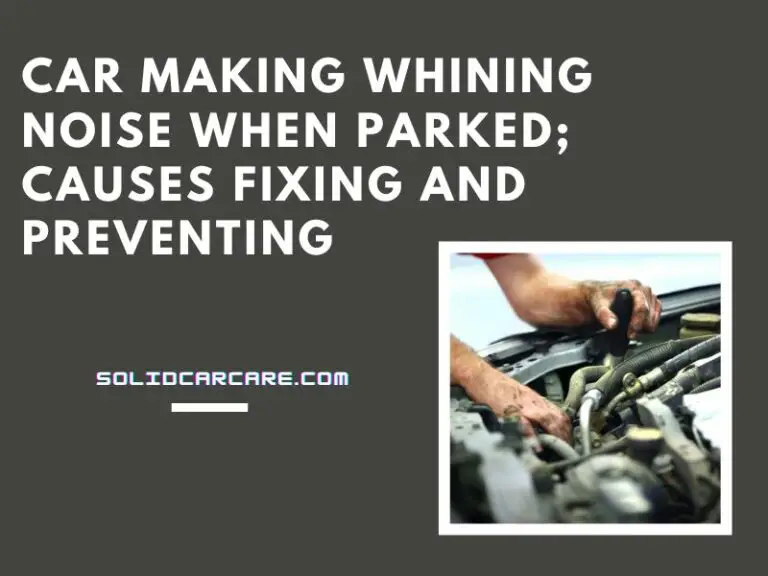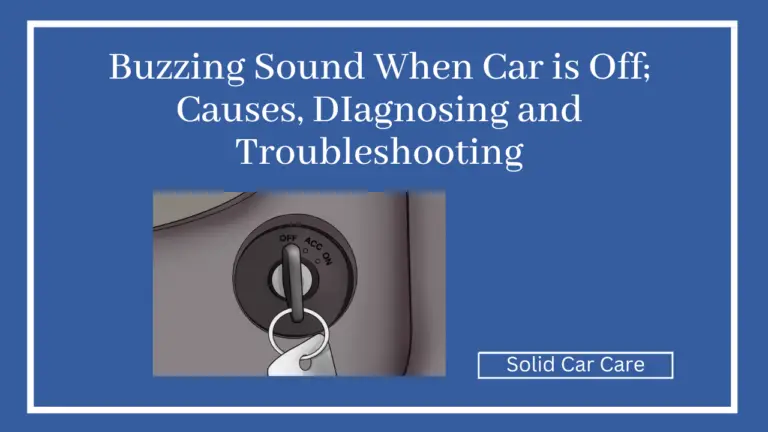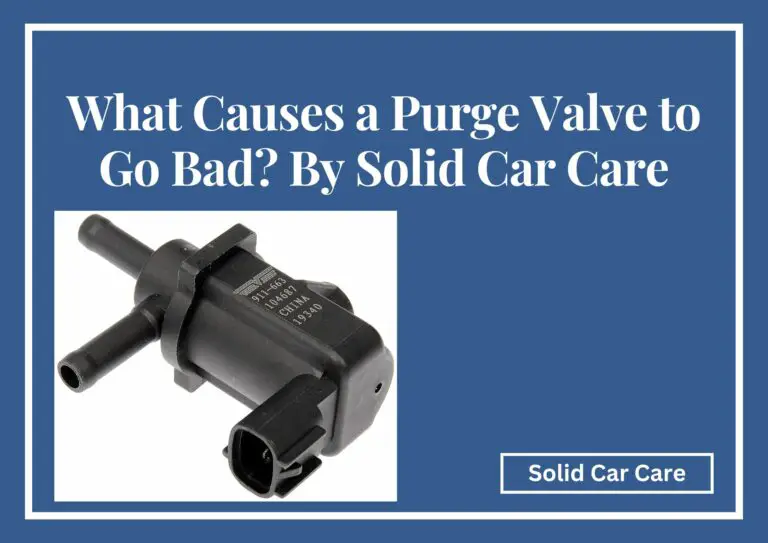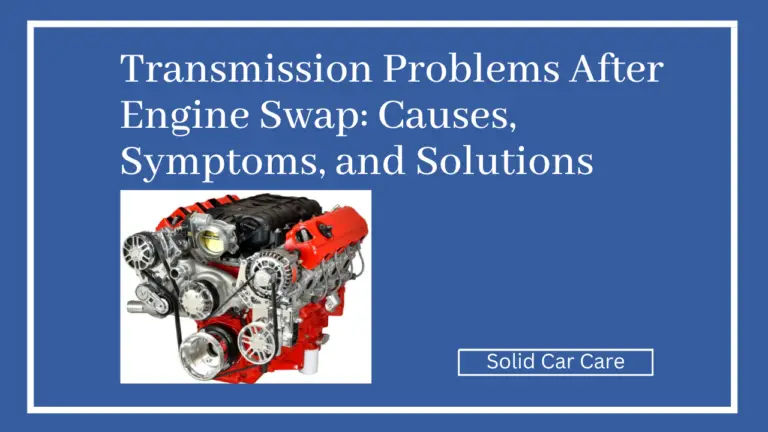Clutch Making Noise When Pressed; Causes, Fixing And Prevention
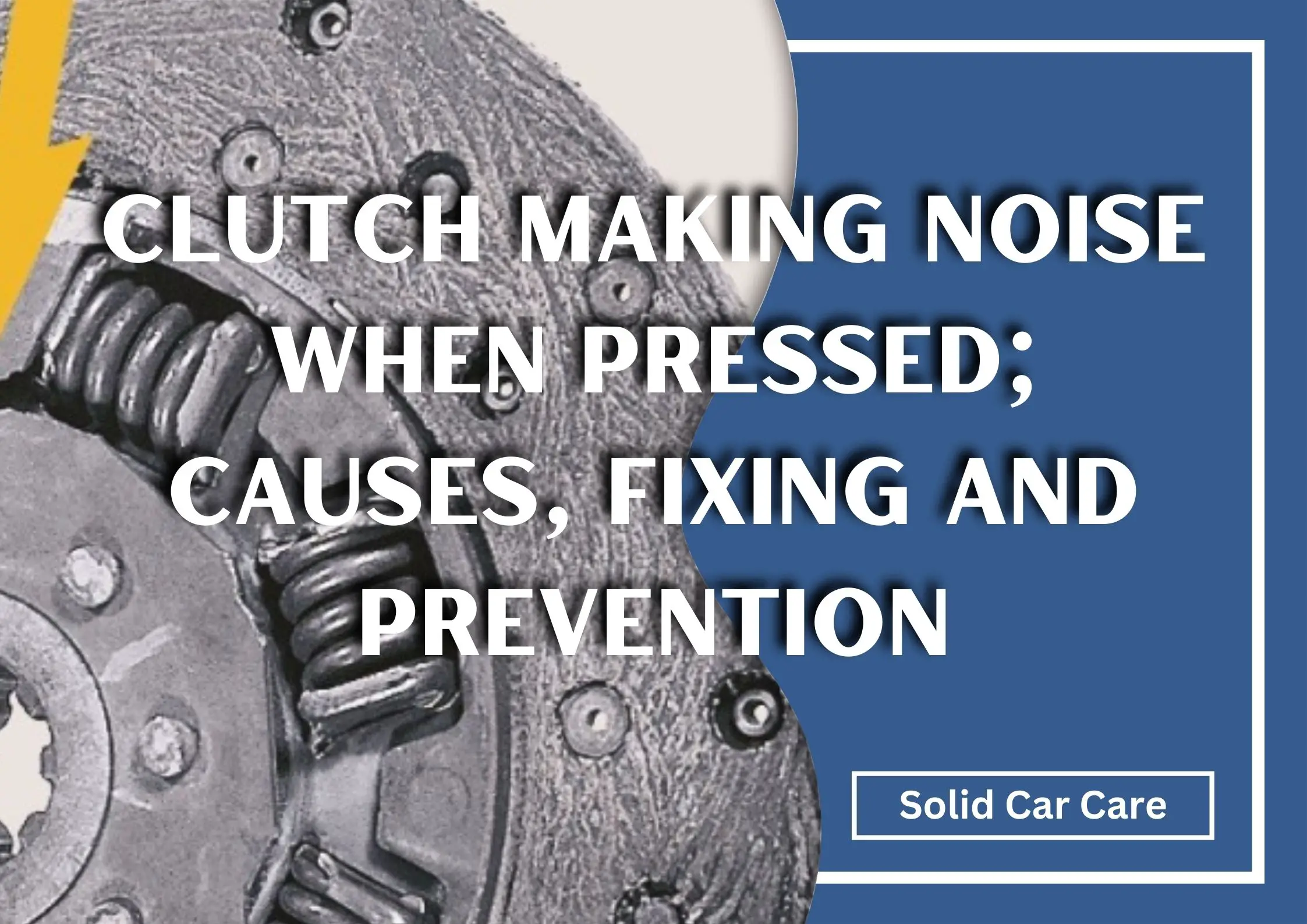
So, you’re cruising down the road, minding your own business, when suddenly you hear an annoying whining noise every time you press the clutch pedal. It’s enough to make anyone’s blood boil, but before you start pulling your hair out, let’s take a closer look at what might be causing this pesky sound.
From worn throw-out bearings to transmission input shaft issues, there’s a range of possibilities that could be behind this problem.
Stay tuned as we unravel the mystery and provide you with some valuable insights to help you get rid of that whining noise once and for all.
Table of Contents
- Key Takeaways
- Worn Throw-Out Bearing
- Worn Pilot Bearing
- Transmission Input Shaft Bearing
- Clutch Linkage Issues
- Pay Attention to Pitch and Volume
- Listen for Noise in Neutral
- Notice Changes With Engine Speed or Gear
- Get the Car Checked by a Qualified Mechanic
- Do Not Ignore the Noise
- Towing the Car if Accompanied by Other Symptoms
Key Takeaways
- A whining noise when pressing the clutch can indicate issues with the throw-out bearing, pilot bearing, transmission input shaft bearing, or clutch linkage.
- The pitch and volume of the noise can provide clues about the specific problem. A higher-pitched whine is more likely a bearing issue, while a deeper grinding noise could be related to the clutch linkage.
- Listening for the noise when the engine is idling and the car is in neutral can help determine if the pilot bearing is the culprit.
- It is recommended to have the car checked by a qualified mechanic as soon as possible to diagnose and repair the issue, as ignoring the noise can lead to further damage or being stranded.
Worn Throw-Out Bearing
If you frequently notice a whining noise when you press the clutch, it’s likely that you have a worn throw-out bearing. The throw-out bearing, also known as the release bearing, sits on the transmission input shaft and makes contact with the clutch pressure plate when you depress the clutch pedal. This bearing can whine due to lack of lubrication or uneven wear. The noise typically goes away when you release the clutch.
Other possible causes of a whining noise include worn pilot bearings, transmission input shaft bearing issues, or clutch linkage binding. To diagnose the problem further, pay attention to the pitch and volume of the noise, listen for the noise when the engine is idling and the car is in neutral, and notice if the noise changes with engine speed or gear.
If you experience these symptoms, it’s best to have the car checked by a qualified mechanic to avoid potential damage.
Worn Pilot Bearing
The worn pilot bearing, a small bearing located inside the crankshaft, can cause a persistent whining noise regardless of whether the clutch is pressed or not. It’s important to understand the noise characteristics and take appropriate troubleshooting steps to identify and resolve the issue.
Here are some potential causes and maintenance tips related to a worn pilot bearing:
- Noise characteristics:
- Whining noise that persists even with the clutch depressed
- Noise may change with engine speed or gear
- Troubleshooting steps:
- Pay attention to the pitch and volume of the noise
- Listen for the noise when the engine is idling and the car is in neutral
- Notice if the noise changes with engine speed or gear
- Maintenance tips:
- Get the car checked by a qualified mechanic as soon as possible
- Don’t ignore the noise as it can lead to further damage
- If accompanied by other symptoms, such as difficulty shifting gears or a burning smell, have the car towed to a mechanic immediately
Transmission Input Shaft Bearing
After addressing the potential issues with a worn pilot bearing, let’s now turn our attention to the transmission input shaft bearing.
The transmission input shaft bearing supports the gears on the input shaft of the transmission. It’s crucial for smooth operation and proper gear engagement. However, over time, this bearing can wear out due to various reasons, such as lack of lubrication maintenance or excessive load.
Here are some signs of a worn transmission bearing:
- Whining noise when the clutch pedal is pressed or released.
- Difficulty shifting gears.
- Grinding or rattling noises.
To diagnose a faulty transmission bearing, listen for the noise while the engine is idling and the car is in neutral. If the noise persists even with the clutch depressed, it’s likely the transmission input shaft bearing.
Repair options for a damaged transmission bearing include replacing the bearing or rebuilding the transmission. It’s recommended to consult a qualified mechanic for diagnosis and repairs to ensure proper resolution of the issue.
Clutch Linkage Issues
Common signs of clutch linkage issues include whining or grinding noises and difficulty shifting gears. Here are three potential causes of clutch linkage problems:
- Clutch pedal misalignment: If the clutch pedal isn’t properly aligned with the clutch linkage, it can cause binding and result in abnormal noises. This misalignment may be caused by a faulty clutch pedal assembly or improper installation.
- Clutch cable tension: A loose or improperly adjusted clutch cable can lead to issues with the clutch linkage. Insufficient tension in the cable can cause the clutch to not fully disengage, resulting in grinding noises and difficulty shifting gears.
- Clutch fork wear: The clutch fork is responsible for engaging and disengaging the clutch. Over time, the clutch fork can wear down, leading to misalignment and linkage problems. This wear can be caused by factors such as lack of lubrication or excessive force on the clutch pedal.
If you’re experiencing any of these symptoms, it’s recommended to have your clutch linkage inspected and repaired by a qualified mechanic to prevent further damage.

Pay Attention to Pitch and Volume
If you’ve noticed whining or grinding noises and want to further diagnose the issue, paying attention to the pitch and volume of the noise can provide valuable insights.
A higher-pitched whine is more likely to be a bearing issue, such as a worn throw-out bearing or pilot bearing.
On the other hand, a deeper grinding noise could indicate clutch linkage issues.
To help pinpoint the problem, listen for the noise when the engine is idling and the car is in neutral.
If the noise persists even with the clutch depressed, it’s more likely the pilot bearing.
Additionally, notice if the noise changes with engine speed or gear, as this can help determine the location of the problem.
Listen for Noise in Neutral
When diagnosing a whining noise when pressing the clutch, it’s important to listen for any noise in neutral. By doing so, you can gather valuable information about the potential causes of the noise. Here are three key things to consider:
- Diagnosing bearing issues: If the noise persists even when the clutch is depressed and the car is in neutral, it’s more likely to be related to a worn pilot bearing or transmission input shaft bearing. These bearings can produce a whining noise due to wear or lack of lubrication.
- Identifying clutch pedal problems: If the noise changes with the position of the clutch pedal, such as when it’s fully depressed or released, it could indicate issues with the clutch linkage. Binding or misalignment in the clutch linkage can cause whining or grinding noises.
- Understanding transmission noises: Listening for the noise in neutral can help determine if it’s originating from the transmission. If the noise is present in neutral but goes away when a gear is engaged, it may be related to the transmission input shaft or other internal components.
Notice Changes With Engine Speed or Gear
To further narrow down the source of the whining noise when pressing the clutch, it’s important to pay attention to any changes in the noise with variations in engine speed or gear selection. Diagnosing the source of the noise can help determine the potential repairs that may be needed.
If the noise changes with engine speed, it could indicate a problem with the transmission input shaft bearing. On the other hand, if the noise changes with gear selection, it could point to issues with the throw-out bearing or the pilot bearing.
Lubrication solutions, such as applying grease or replacing worn bearings, may be necessary to address the noise. Preventative maintenance, such as regularly checking and replacing worn components, can help prevent future noise issues.
It’s important to address the whining noise promptly, as it can impact your driving experience and potentially lead to more severe damage if left unattended.
Get the Car Checked by a Qualified Mechanic
I recommend taking your car to a qualified mechanic for a thorough inspection and diagnosis of the whining noise when pressing the clutch. By doing so, you can determine the exact cause of the issue and ensure that the appropriate repairs are made.
Here are some reasons why it’s important to have your car checked by a professional:
- Diagnosing the issue: A qualified mechanic will have the expertise and tools to accurately diagnose the source of the whining noise. They’ll be able to pinpoint whether it’s a problem with the throw-out bearing, pilot bearing, transmission input shaft bearing, or clutch linkage.
- Common causes: The mechanic will be familiar with the common causes of whining noises when pressing the clutch, such as worn bearings or clutch linkage issues. They’ll be able to quickly identify the problem based on their experience and knowledge.
- Potential repairs: Once the issue has been diagnosed, the mechanic can recommend the necessary repairs. This may involve replacing the worn bearings, adjusting the clutch linkage, or performing other maintenance tasks to resolve the problem.
Regular maintenance is also important to prevent issues with the clutch system. Signs of a failing clutch include difficulty shifting gears, slipping or jerking while driving, and a burning smell. By having your car regularly inspected and maintained by a qualified mechanic, you can catch potential problems early and avoid costly repairs in the future.
Do Not Ignore the Noise
If left unaddressed, the whining noise when pressing the clutch could lead to severe damage and potentially leave you stranded on the road. It’s important not to ignore this noise as it could indicate common causes such as a worn throw-out bearing, worn pilot bearing, or transmission input shaft bearing.
DIY troubleshooting can involve paying attention to the pitch and volume of the noise, listening for the noise when the engine is idling and the car is in neutral, and noticing if the noise changes with engine speed or gear.
However, it’s recommended to get the car checked by a qualified mechanic as soon as possible to accurately diagnose the problem and determine the cost of repairs. Ignoring the noise can result in further damage and more expensive repairs.
Therefore, preventative maintenance is crucial to avoid potential damage and ensure the longevity of your vehicle.
Towing the Car if Accompanied by Other Symptoms
If you experience a whining noise when pressing the clutch and notice other symptoms such as difficulty shifting gears or a burning smell, it’s important to have the car towed to a mechanic immediately for further inspection and repairs. These additional symptoms could indicate a more serious issue with your clutch system that requires professional attention.
Here are some potential reasons for these symptoms and the importance of addressing them promptly:
- Worn throw-out bearing: A whining noise that goes away when the clutch is released is a common sign of a worn throw-out bearing. This bearing needs lubrication or replacement to resolve the issue.
- Worn pilot bearing: A pilot bearing that produces a constant whine regardless of clutch pedal position may need replacement.
- Transmission input shaft bearing: A worn bearing supporting the gears on the transmission input shaft can cause a whining noise, even when the clutch isn’t engaged.
Regular maintenance, including checking and replacing worn bearings, can prevent these common clutch problems. By addressing the issue promptly, you can avoid further damage to your vehicle and ensure its safe operation.

